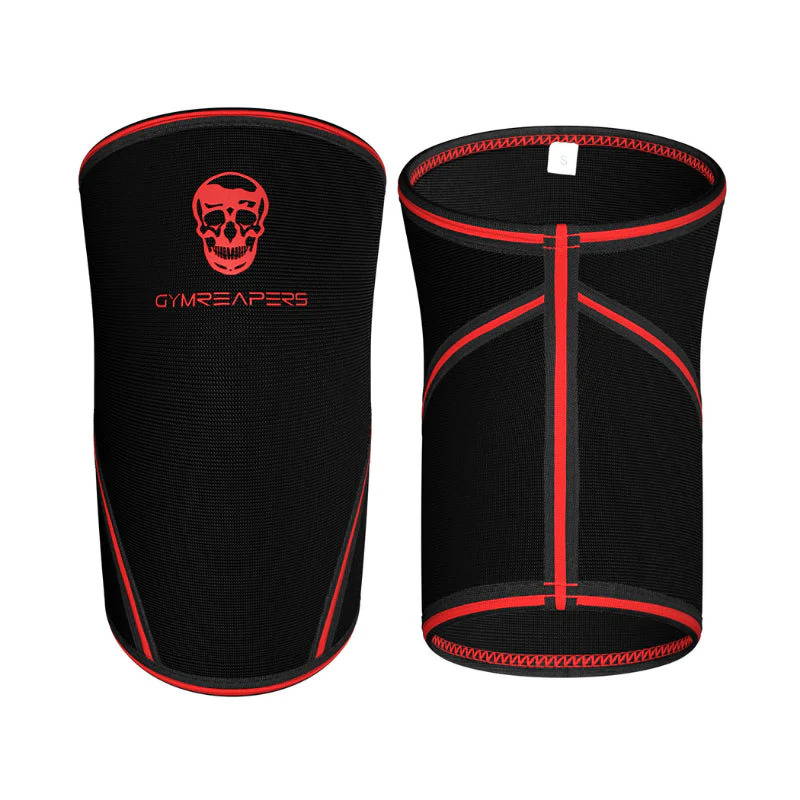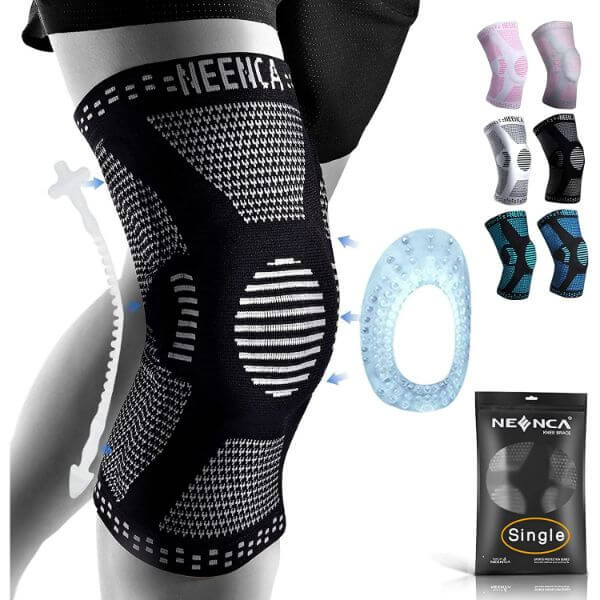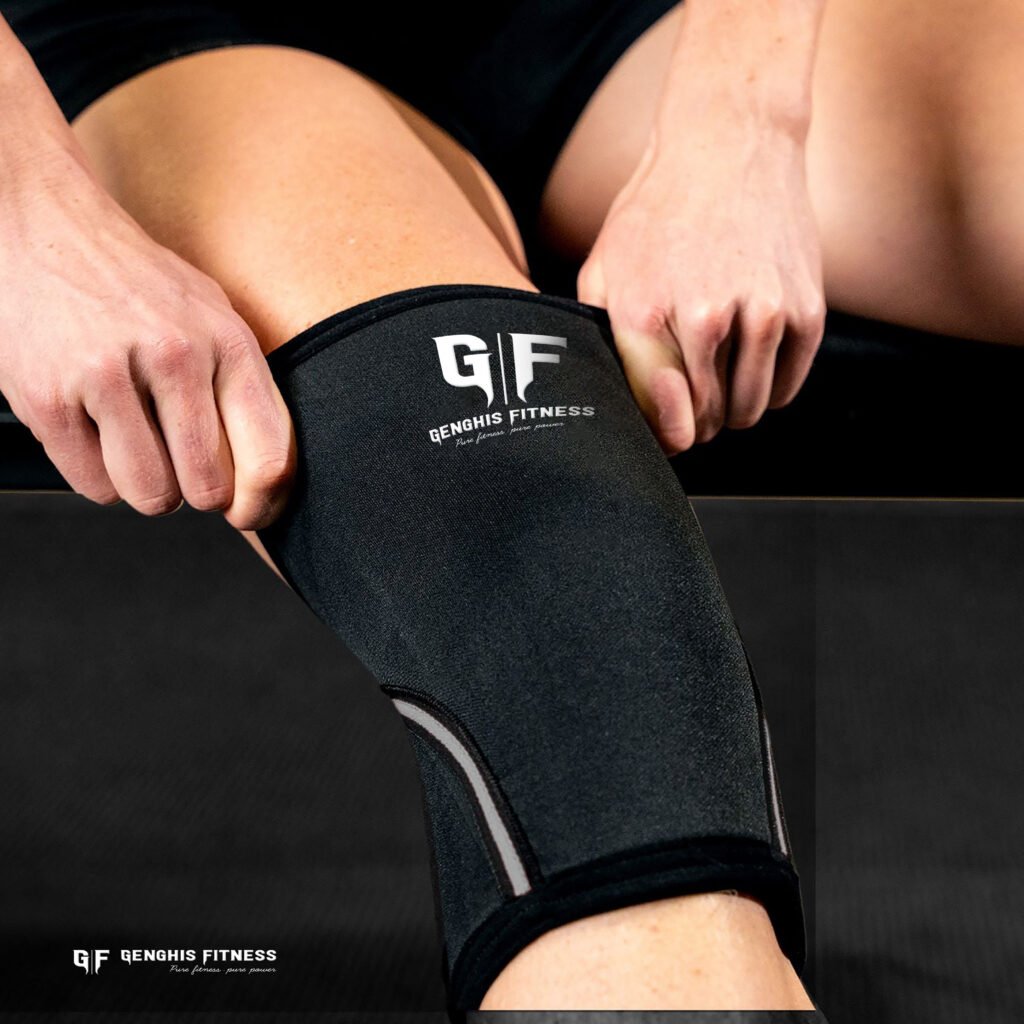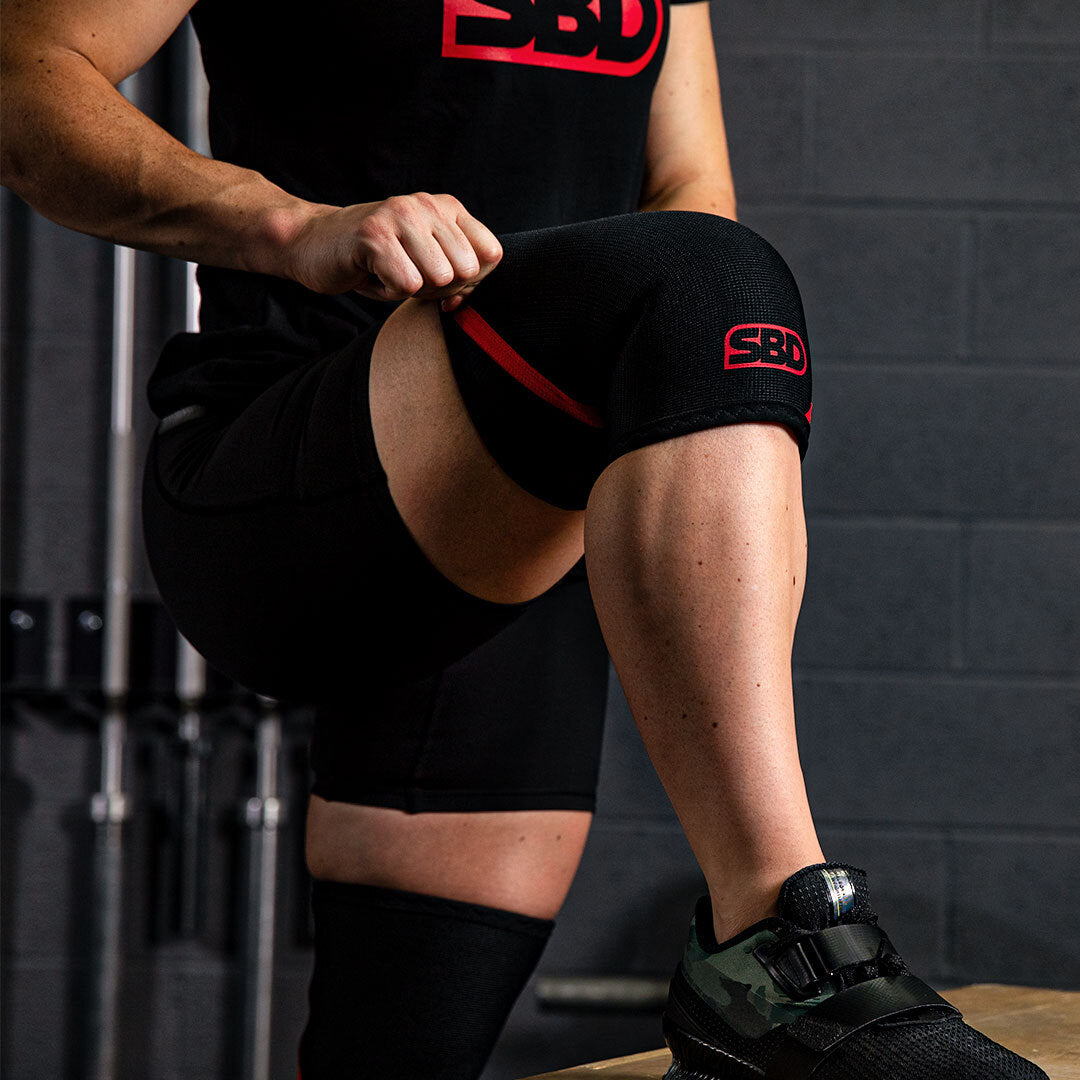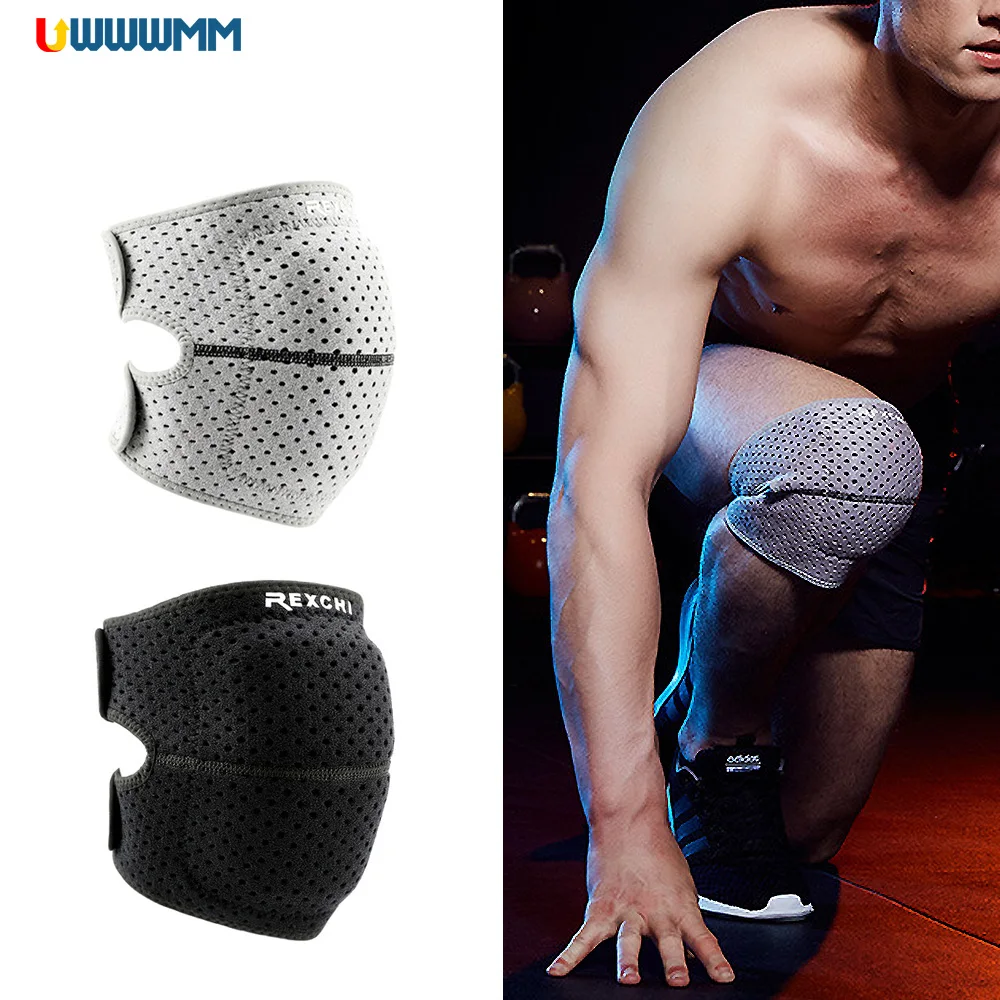What Are Knee Sleeves For Gym

Knee sleeves, a common sight in gyms and weightlifting platforms, are increasingly popular among athletes and fitness enthusiasts. These elastic supports, often made of neoprene or similar materials, slide over the knee joint, prompting questions about their purpose and effectiveness.
This article explores the function and benefits of knee sleeves for gym-goers, examining their role in injury prevention, performance enhancement, and rehabilitation. Understanding the science behind these supports is crucial for making informed decisions about their use.
What Are Knee Sleeves?
Knee sleeves are compressive garments designed to provide support and warmth to the knee joint. Unlike knee braces, which offer rigid support and are typically prescribed for specific injuries, sleeves are more flexible. This flexibility allows for a greater range of motion during exercise.
The material, often neoprene, helps to retain heat around the knee, which some believe increases blood flow and improves joint lubrication. Sleeves come in varying thicknesses, generally ranging from 3mm to 7mm, with thicker sleeves offering more support.
Why Do People Use Knee Sleeves in the Gym?
The primary reasons for using knee sleeves in the gym revolve around injury prevention and performance enhancement. Many believe sleeves reduce the risk of knee injuries by providing stability and compression during heavy lifting.
This added stability can be particularly beneficial during exercises like squats, lunges, and cleans, where the knee joint is subjected to significant stress. The compression provided by the sleeve may also help to reduce swelling and pain, aiding in recovery between workouts.
Potential Performance Benefits
Some lifters report an increase in power output when using knee sleeves, particularly in squatting movements. This effect is attributed to the "rebound effect", where the sleeve stores elastic energy during the eccentric (lowering) phase of a lift and releases it during the concentric (lifting) phase.
This assistance can translate to heavier weights lifted and improved overall performance. However, the magnitude of this effect varies depending on the individual, the thickness of the sleeve, and the exercise being performed.
"Knee sleeves can provide a sense of security and support, which can be psychologically beneficial, even if the physiological benefits are relatively small," explains Dr. Emily Carter, a sports medicine physician.
Injury Prevention and Rehabilitation
While not a substitute for proper form and training, knee sleeves can play a role in injury prevention. The compression provided by the sleeve can help to improve proprioception, which is the body's awareness of its position in space.
This enhanced awareness can help to prevent awkward movements and reduce the risk of sprains or strains. Furthermore, knee sleeves can be used as part of a rehabilitation program following a knee injury, providing support and stability during the healing process.
Are There Any Drawbacks to Using Knee Sleeves?
Despite their potential benefits, knee sleeves are not without potential drawbacks. Over-reliance on sleeves can lead to a dependence on external support, potentially weakening the muscles around the knee joint over time.
Also, using sleeves when they're not needed can hinder the natural strengthening process. Excessive compression from overly tight sleeves can also restrict blood flow, leading to discomfort and potentially increasing the risk of blood clots.
Another potential issue is skin irritation or allergic reactions to the material, particularly if the sleeves are not properly cleaned. It's important to choose sleeves made from breathable, hypoallergenic materials and to wash them regularly.
How to Choose and Use Knee Sleeves Properly
Selecting the right knee sleeves involves considering several factors, including the thickness, material, and fit. Thicker sleeves generally provide more support, while thinner sleeves offer greater flexibility. The material should be comfortable and breathable.
Proper fit is crucial; sleeves should be snug but not constricting. Refer to the manufacturer's sizing chart to ensure an appropriate fit.
It is essential to use knee sleeves judiciously. They should not be used as a crutch to compensate for poor form or inadequate strength. Instead, they should be used as a supplementary tool to enhance performance and prevent injury.
Consultation with Professionals
Before incorporating knee sleeves into your workout routine, it is advisable to consult with a qualified healthcare professional or certified trainer. They can assess your individual needs and provide personalized recommendations.
A professional can help you determine if knee sleeves are appropriate for your specific activity level and training goals. They can also teach you how to use sleeves safely and effectively, minimizing the risk of potential drawbacks.
Conclusion
Knee sleeves can be valuable tools for athletes and gym-goers, offering potential benefits in terms of injury prevention, performance enhancement, and rehabilitation. However, their use should be approached with caution and informed decision-making.
Understanding the science behind knee sleeves, as well as their potential drawbacks, is crucial for maximizing their benefits and minimizing the risks. When used appropriately and in conjunction with proper training and form, knee sleeves can be a helpful addition to any fitness regimen. Remember, individual needs may vary, and advice from professionals should always be sought.






